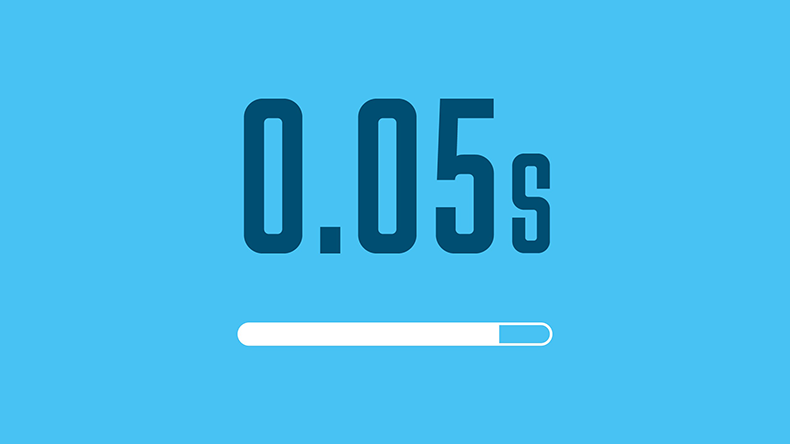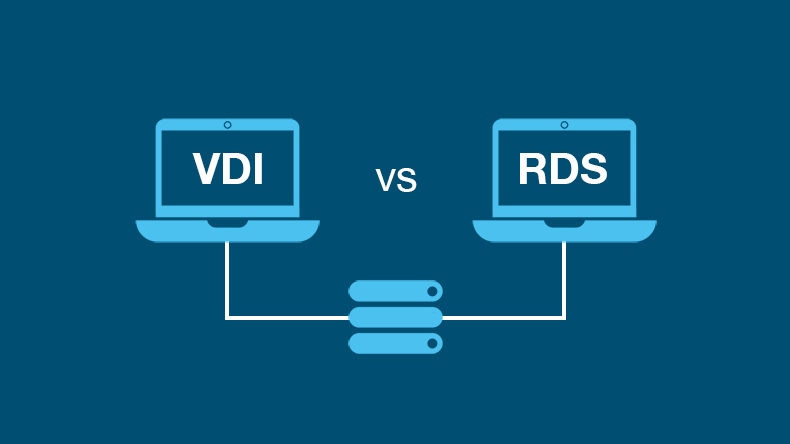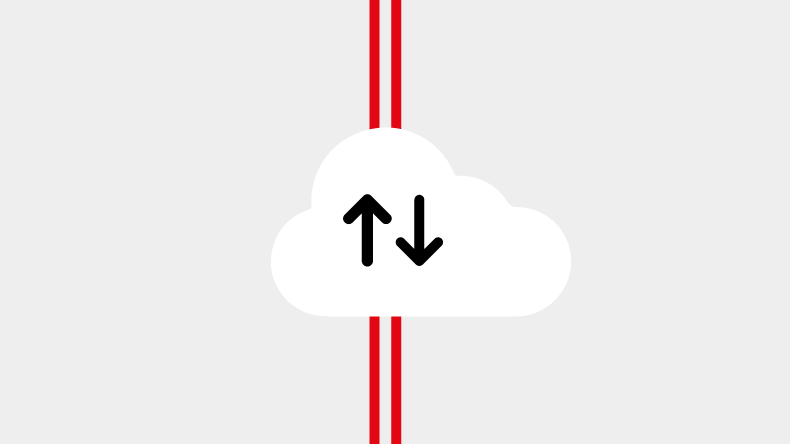Online Backup vs Cloud Storage

How many times have you worked on a document for hours, only for it to crash and you end up losing all of it? 😡
We know the feeling. We’ve all been there.
Online backups and cloud storage are some of the best ways to protect your data and business from unexpected disasters like that.
So today, we’re going to be looking at those two cloud computing terms:
Online backup vs cloud storage
Without further ado, let’s get started:
Contents
- What are online backups?
- Why should I use online backups?
- What is cloud storage?
- Why should I use cloud storage?
- What is the difference between cloud storage and online backup?
- When should I choose online backups?
- When should I choose cloud storage?
- When would you use an offline backup method versus an online method?
- Frequently Asked Questions (FAQs)
- Final thoughts
- Did you know?
What are online backups?
An online backup, cloud backup or remote backup is the process of using the Internet to transfer a copy of a virtual file or database to an alternative, off-site server for safeguarding in case of equipment failure.
Basically:
- Make a copy of your entire system and all the data associated with it
- Then store it in the cloud (Alternative, off-site server)
The alternative server is usually hosted by a third-party service provider.
Most online backup services are subscription-based.
Pricing can depend on:
- Number of users
- Number of servers
- space or capacity used
- Data transmission bandwidth
- Number of times data is accessed
Quick Tip 💡 Make sure you know how the charges are calculated before signing up to anything.
Why should I use online backups?
Online backups are a highly efficient alternative to traditional backup strategies.
You may remember some of those (or not, if you’re under 30 😉):
- Magnetic Tapes - Reel-to-reel and cassettes
- Magnetic Disks - Floppy and Hard Disk Drives (HDD)
But enough of those halcyon days.
Let’s focus on some of the benefits of online backups for business:
Cost savings
Online backups can offer considerable cost savings for SMEs.
Running your own onsite equipment can be extremely expensive and difficult to maintain.
Switching to a cloud solution can help your business save on these costs.
Now you can invest in other areas of your business 😀
Security
Protect your business from certain types of cyber threats like ransomware.
With access to your online backups, you are mitigating against onsite data breaches.
Many providers offer 24/7:
- Monitoring
- Management
- Reporting
They should also provide encryption for your data during transfer.
Even if your data is intercepted, it should remain secure.
Ideal for contingency planning and disaster recovery.
Scalability
Online backups are scalable.
In fact, it’s one if their main advantages.
But what does it mean?
In a nutshell, it means:
- You can store what you need, when you want
- You only pay for what you use
The hardware scales with your data requirements.
Nice, right?
What is cloud storage?
Cloud storage is a cloud computing model that allows businesses and consumers to save data securely online so that it can be accessed anytime, anywhere.
Cloud storage usually spans across multiple servers (sometimes in multiple locations).
The facilities that house cloud storage systems are called data centres.
It's important to store the same information on multiple machines, as computers occasionally require maintenance or repair.
This is known as redundancy.
Without redundancy, a cloud storage provider can’t guarantee that data can be accessed anytime, anywhere.
Cloud storage has enabled contingency planning and disaster recovery to be far more robust.
Why should I use cloud storage?
Cloud storage delivers a scalable, cost-effective solution to storing files in the traditional way via on-premise hard drives or storage networks.
Computer hard drives can only store a finite amount of data.
But with cloud storage, we can scale capacity as data volumes increase or decrease.
So, what other benefits does cloud storage bring?
Backing up your data
We’ve touched on this already, but backing up your data is ideal for:
(Yep! You’ve guessed it)
- Contingency planning
- Disaster recovery
If you’re not backing up your data yet, you should be 😉
Remote working
Since the pandemic, it seems every man and his dog wants to work from home.
With cloud storage, your staff can work from anywhere, at any time.
An ideal way to offer flexible working.
Collaboration
With centralised data that’s accessible at all times, teams can now work collaboratively, no matter where they are.
(Just make sure they have an Internet connection)
No more external hard drives 🙌
No more worrying about limited space, portability or your device breaking.
Get rid of those external hard drives.
Cloud storage is here to stay 😊
What is the difference between cloud storage and online backup?
As you may have noticed, these two terms somewhat complement each other.
But it’s important not to conflate the two.
Yes, the infrastructure is the same.
Both cloud storage and online backup host files in the cloud.
They also both allow you to access your files from devices via the Internet.
Where they differ is in the purpose of each:
Cloud storage is designed to complement flexible working, so your staff can work from anywhere, at any time.
A great option for remote working and collaboration.
Online backups are created to restore files in the event of data loss.
An ideal solution for business continuity planning.
When should I choose online backups?
Erm, now!
Honestly, if you’re not backing up your data by the end of this article, you really should be 👌
We’ve lost count of the amount of businesses who wished they had backed up their data off-site after a cyber security “incident”.
39% of businesses in the UK report having cyber security breaches or attacks in the last 12 months (UK Gov).
Don’t be a statistic, backup your data.
It’s worth it!
When should I choose cloud storage?
You should choose cloud storage when you need any of the following:
- Remote working and flexibility
- Convenience
- Cost savings
- File syncing
Purchasing and maintaining your own physical servers can be expensive.
Shift your IT from a capital expenditure (CapEx) to an operating expenditure (OpEx).
Ultimately, cloud storage is a great way to save money on IT.
As a result of using a cloud approach, nearly 80% of surveyed IT pros said they’re saving money, seeing more productivity and better security (Microsoft)
Sounds great!
When would you use an offline backup method versus an online method?
It depends.
What are your requirements as a business?
If you require:
- Data accessibility
- Fewer hardware requirements
- Convenience
- Reliable and efficient service
Then online backups may be the option for you.
If you have concerns about:
- Network connections
- Bandwidth issues
- Full data recovery times
Perhaps you should consider offline backups.
Alternatively:
Why not implement both?
Frequently Asked Questions
Below are a list of other common questions you may be considering:
- What is a good backup policy?
- What are the types of backup strategies?
- What is cloud sync?
What is a good backup policy?
When developing a good backup policy, we recommend you setup:
- A Schedule – Detail how often backups are to be performed
- Documentation – Document all data backup/restore procedures and retention policy for recovery
- Logs – Create logs of scheduled restore test results
Schedule
When it comes to setting up your schedule, you need to consider two factors:
Recovery Point Objective (RPO)
RPO is about how often you back up, and how many backups you keep. It determines which files, and which versions, get copied to your backup.
The more frequently you back up, the more files and versions are caught in the net.
For example:
Let’s say your backup runs every Friday night. If you create a file on Tuesday, edit it on Wednesday and accidentally delete it on Thursday, it still won’t be backed up.
However, if you ran a daily backup you’d have the original version from Tuesday and the later version from Wednesday.
Recovery Time Objective (RTO)
RTO is about how long it takes to recover a file(s) when you need to.
It takes time to locate the right version of a file and then restore it – particularly if it has to be transferred over the internet.
In the meantime, you can’t work on that file.
In general, the shorter the recovery time, the better.
With RPO and RTO specified, you now have a schedule for your backups.
Documentation
The next step is to create documentation that documents all secure data backup and restore procedures.
The procedures can vary depending on the services and environment used.
For the backup procedure consider including:
- How to store offline backup media
- How to create a company standard backup
- How to migrate backup data to the cloud
- How to log backups and any errors
For the recovery procedure consider including:
- How to retrieve or access the backups
- How to shut down a machine in case of hardware failure
- How to wipe a device in case of a ransomware attack
- How to restore the system
For the retention policy, consider:
- Storing deleted files for 365 days
- Keeping 14 versions of any modified files
Logs
Finally, create a log for scheduled restore testing.
This is to ensure that the backup data is recoverable.
Regular testing and reporting on your backups will help build confidence that your backup strategy is working.
It’s much better to find out during testing than when your business is offline ☺️
What are the types of backup strategies?
There are mainly three types of backup strategy:
Full Backups
As the name suggests, full backups make a backup of everything you wish to keep every time.
All files are copied over to a secondary storage target each time.
If you perform a full backup every day – then everything is copied over once a day.
It is the quickest backup method of the three to restore but requires the most storage space.
Differential Backups
A differential backup makes a copy of files that have changed since the last full backup.
They are a compromise between performing regular full backups and regular incremental backups.
It requires two backup components:
- An initial full backup
- The latest differential backup
It takes up less space than full backups and is faster to restore than incremental backups.
Incremental Backups
An incremental backup makes a copy of files that have changed since the last incremental backup.
Incremental backups take the least amount of space and time to perform than differential and full backups.
This allows for lightning-fast backups ⚡
However, it is the most time-consuming method for restoration.
What is cloud sync?
Cloud sync (Short for “synchronise”) is the process of ensuring that the files, folders, and structure on your devices matches those on your cloud storage.
It helps multiple users to work with data remotely across multiple devices.
Any changes to files and folders are then synchronised across all connected devices.
Cloud sync comes in two forms:
- One-way sync
- Two-way sync
Most public cloud services are based on two-way sync.
When a file gets changed by one connected device, all other connected devices will download it automatically.
Multiple users can edit the same document simultaneously.
One of its best features.
Final thoughts
Ultimately, your decision will depend on your business requirements for:
- Business continuity
- Compliance standards
- Information security
For online backups:
We would highly recommend having backups in place.
Both locally and in the cloud.
They acts as an insurance policy.
A great option for business continuity planning.
For cloud storage:
It’s heavily driven by the modernisation of your workforce and designed to dramatically improve collaboration.
A great option for remote working and greater flexibility.
Both online backups and cloud storage provide cost savings compared to on-premises solutions.
We really hope you enjoyed our comparison to Online Backup vs Cloud Storage.
Now we’d like to hear from you:
Do you have any further questions about this topic?
Perhaps you are considering it at the moment?
Either way, let us know your thoughts.
Did you know?💡
We specialise in cloud storage and online/offline backup services with our own Tier 3 data centres.
We can help with advice, installations, migrations, support, online backup solutions and anything else in between.
Get in touch today or give us a call on +44 (0)1603 431200.
Back to the blog.





